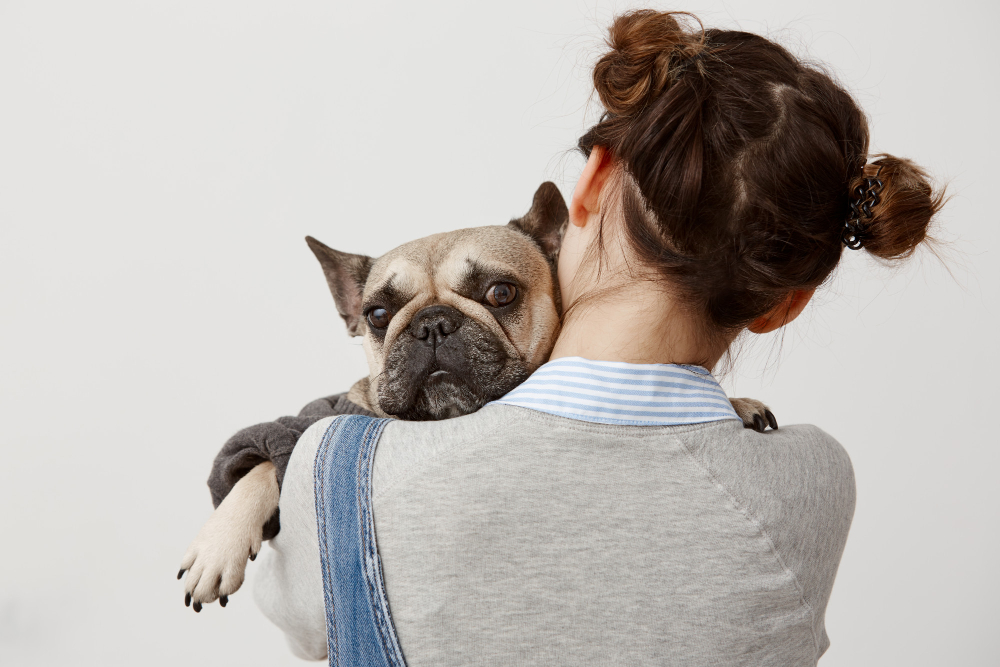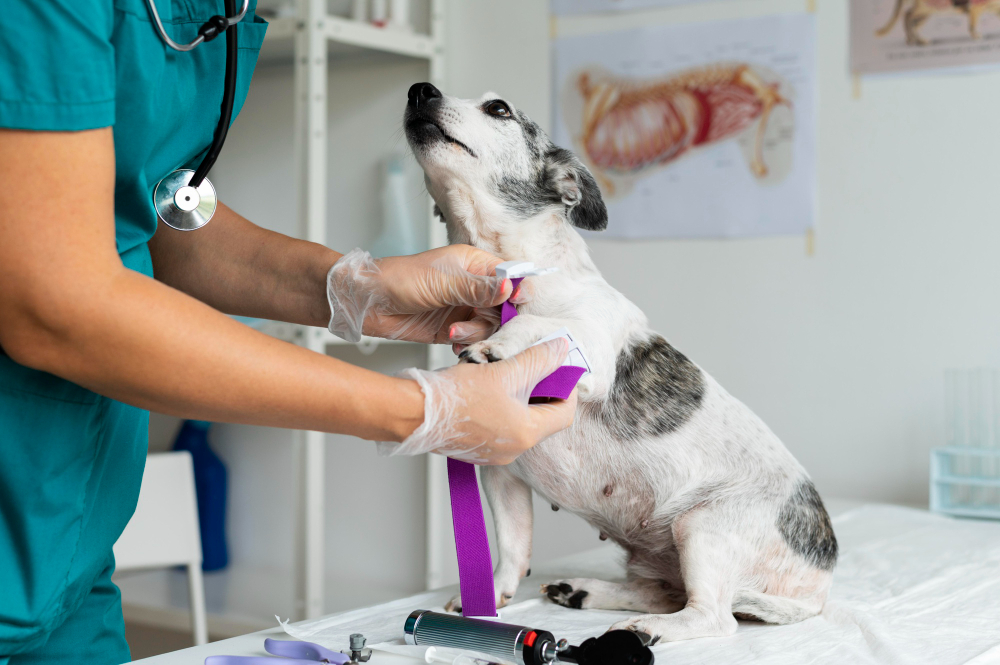Introduction
Dogs, despite their robust nature, can occasionally experience minor accidents and injuries, such as broken nails. A broken nail can be painful and distressing for your furry friend, but with prompt attention and the right steps, you can provide them with comfort and aid in their speedy recovery. In this article, we’ll guide you through the necessary actions to take when your dog breaks their nail.
- Assess the Situation
When you notice that your dog has broken a nail, remain calm and assess the severity of the situation. If the nail is partially broken, bleeding, or causing visible discomfort to your dog, it’s important to take action.
- Restrict Movement
If the broken nail is bleeding, try to minimize your dog’s movement to prevent further injury and to keep the area clean. Restrict them from running or jumping, as this can exacerbate the situation and lead to additional pain.
- Examine the Nail
Gently examine the broken nail to determine the extent of the damage. If the break is minor and hasn’t caused bleeding, you may be able to trim the loose piece of nail. However, if there’s bleeding or significant pain, it’s best to avoid handling the nail and move on to the next steps.
- Control the Bleeding
In case of bleeding, you can use a clean cloth or gauze to apply gentle pressure to the affected area. This helps to control the bleeding. You can also use styptic powder, if available, to aid in clotting and minimize bleeding.
- Clean and Disinfect
After the bleeding is under control, clean the broken nail and the surrounding area with lukewarm water and mild antiseptic solution. This prevents infection and keeps the area clean.
- Provide Pain Relief
If your dog seems uncomfortable or in pain, you can give them an appropriate pain reliever as advised by your veterinarian. Do not administer over-the-counter medications without consulting your vet.
- Visit the Veterinarian
Even if the injury seems minor, it’s recommended to consult your veterinarian for professional guidance. Your vet can determine if the nail needs further trimming, cleaning, or even antibiotics to prevent infection. In severe cases where the nail is deeply broken, your vet might need to remove the nail under sedation to ensure your dog’s comfort and proper healing.
- Preventive Measures
To minimize the risk of future nail injuries, keep your dog’s nails trimmed and well-maintained. Regular nail trims can help prevent nails from becoming too long and brittle, reducing the likelihood of breaks.
Summary
A broken nail can be distressing for both you and your dog, but by taking swift and appropriate action, you can alleviate their discomfort and promote a speedy recovery. Remember to stay calm, assess the situation, provide first aid, and seek professional guidance from your veterinarian. Your dog’s well-being and comfort are the top priorities, and your careful attention will help them bounce back to their happy, healthy selves in no time.



